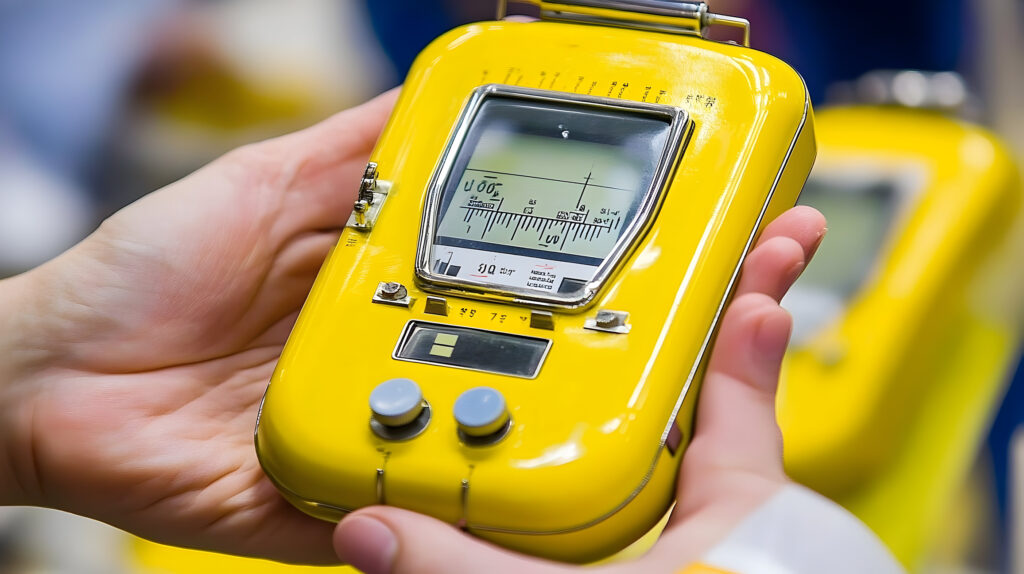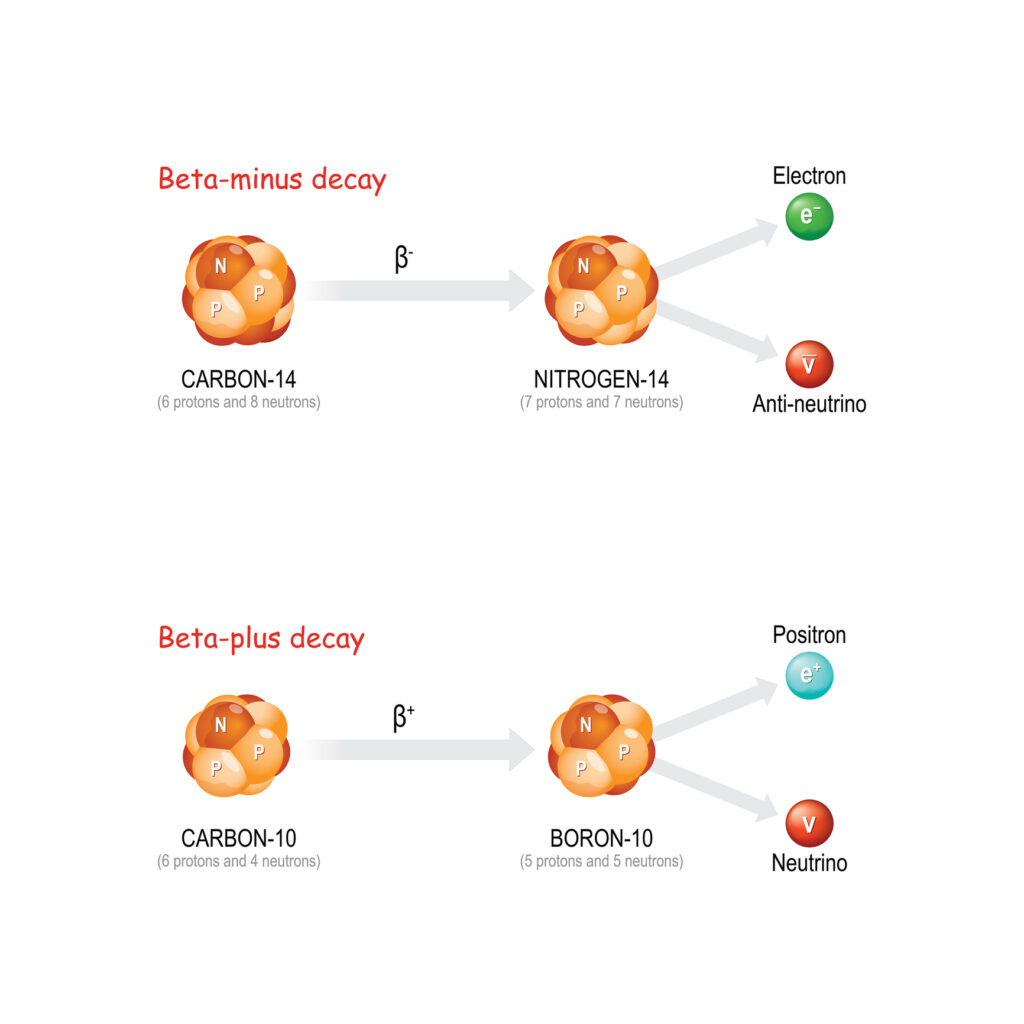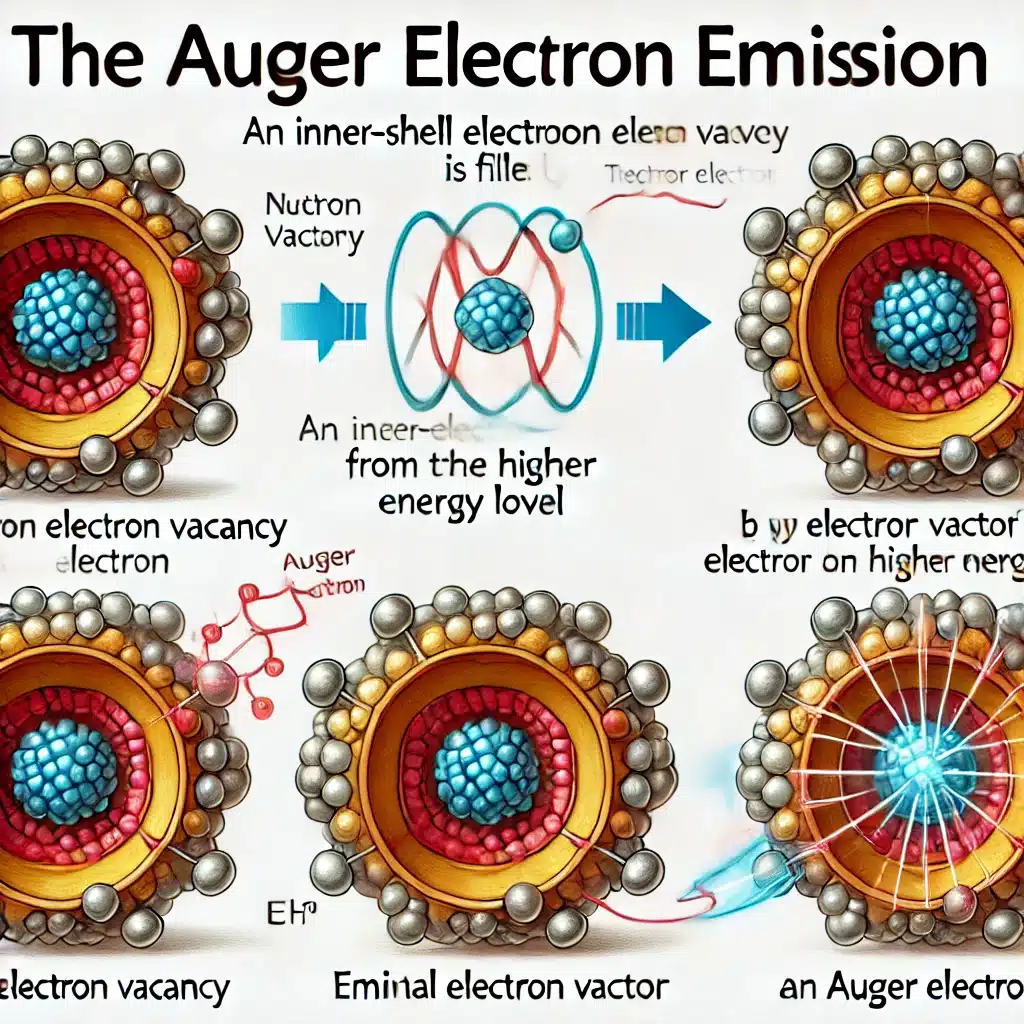Magnetic resonance imaging has developed into one of the most important diagnostic technologies, offering exceptional soft-tissue contrast without ionising radiation. For many examinations, contrast agents are vital in improving the visibility of vascular structures, enhancing tumour delineation, and providing perfusion or functional information. Over recent years, safety considerations, dose reduction strategies, and the need for more biologically informative imaging have driven significant innovation in this area. At the same time, advances in MRI hardware, pulse sequences, and computational tools have encouraged the exploration of contrast agents beyond traditional gadolinium-based formulations. This article outlines the main developments in MRI contrast chemistry and practice, explaining how these advances are redefining diagnostic imaging.
Developments in Gadolinium-Based Contrast Agents
Gadolinium chelates remain the most common form of MRI contrast, offering robust T1 signal enhancement in a wide range of clinical situations. Nevertheless, growing awareness of gadolinium tissue deposition and the need to minimise metal exposure have motivated manufacturers to improve the efficiency and safety of these agents. One of the most notable developments is the emergence of high-relaxivity formulations such as gadopiclenol. As a macrocyclic non-ionic agent, gadopiclenol is designed to provide stronger T1 shortening at lower administered doses. Its enhanced relaxivity helps maintain image quality even when the total gadolinium burden is substantially reduced. The macrocyclic structure improves kinetic stability compared with earlier linear agents, reducing the potential for free gadolinium ion release and supporting a more favourable safety profile. Having secured regulatory approval in several regions, gadopiclenol is already being adopted clinically in settings where diagnostic precision is essential and dose reduction is desirable.
Another important development is gadoquatrane, a next-generation macrocyclic agent that has shown promising results in Phase III trials. Studies indicate that it can achieve diagnostic performance comparable to that of standard-dose GBCAs, even when administered at less than half the usual gadolinium dose. This trend towards lower-dose macrocyclic agents reflects a wider industry shift aimed at addressing concerns about gadolinium retention in the brain and other tissues. Although macrocyclic chelates are known to be significantly more stable than linear chelates, research continues into understanding the long-term behaviour of gadolinium in the body, particularly in patients undergoing multiple scans over many years. For individuals with impaired renal function, caution remains essential because of the risk of nephrogenic systemic fibrosis. As these considerations persist, the drive to identify safer and more sustainable alternatives has intensified.
Iron-Based Nanoparticles and Blood-Pool Agents
Among the most exciting areas of advancement is the exploration of iron-based contrast agents, especially superparamagnetic iron oxide nanoparticles and ultrasmall variants. These agents appeal to researchers and clinicians because iron is endogenous to the human body and is generally associated with a more favourable long-term safety profile. Ferumoxytol, originally developed as a treatment for iron deficiency anaemia, has become a key focus due to its suitability as an MRI contrast agent. Although its use in imaging is off-label, it has been adopted by many centres for vascular studies, paediatric imaging, and imaging patients with renal impairment.
Ferumoxytol has a long intravascular half-life, enabling steady-state imaging rather than the rapid, time-sensitive bolus tracking required with conventional gadolinium agents. This characteristic allows radiologists to acquire high-resolution vascular images, perform detailed 4D flow assessments, and explore slower perfusion processes with greater flexibility. It also offers both T1 and T2* contrast depending on the chosen sequence, giving it a degree of versatility not always found in standard chelates. Furthermore, ferumoxytol’s uptake by macrophages offers opportunities for imaging inflammation, the immune response, and tumour microenvironments. These features make iron nanoparticles particularly attractive for applications in oncology, cardiology, and broader molecular imaging.
Beyond ferumoxytol, researchers continue to refine iron oxide nanoparticle designs with specialised coatings and targeting ligands. Such formulations can be engineered to identify specific cell types, track labelled cells in vivo, or accumulate in areas of inflammation or fibrosis. This capability represents a significant step towards functional MRI that traces biological processes rather than simply depicting anatomical structures. Even so, challenges remain. Nanoparticle pharmacokinetics can be complex, and issues such as long-term retention, biodegradation, and uptake by the mononuclear phagocyte system require further study to ensure safe and predictable use.
Manganese-Based and Alternative Metal Agents
Interest in manganese as an MRI contrast agent has grown again in recent years. Manganese is a paramagnetic ion with strong T1 shortening, and because it plays physiological roles in the body, it may offer safety advantages over heavy metals such as gadolinium. Early manganese-based agents were limited by toxicity concerns, mainly due to the release of free Mn²⁺ ions. Modern approaches seek to prevent this through more stable chelation, nanoparticle encapsulation, or controlled-release technologies.
Novel manganese chelates and nanostructures are being explored for cardiovascular imaging, tumour characterisation, and neurological applications. In particular, certain manganese agents can accumulate in metabolically active cells, providing a form of activity-dependent imaging. This property could be particularly valuable in neuroscience and cardiac imaging, where distinguishing viable from non-viable tissue is clinically important. However, manganese-based agents remain mostly experimental, and ensuring their stability and safety remains a critical research area.
Metal-Free Contrast Agents and Responsive Systems
Beyond metal-based approaches, there is increasing interest in metal-free MRI contrast agents. Nitroxide radicals are a leading example. These organic molecules contain stable unpaired electrons that can generate T1 contrast without introducing metals into the body. Historically, rapid in vivo reduction has limited their effectiveness, but recent efforts have focused on stabilising nitroxides through macromolecular scaffolds or polymeric designs that prolong circulation and improve relaxivity. Although their performance does not yet match that of gadolinium agents, nitroxide-based systems offer an alternative for patients who cannot receive metal-based contrast agents.
Researchers are also exploring responsive, or “smart”, contrast agents that change their behaviour according to the local biochemical environment. These include pH-sensitive systems that highlight acidic tissue regions, enzyme-responsive agents that reveal specific metabolic activity, and redox-sensitive molecules that respond to oxidative stress. In parallel, chemical exchange saturation transfer (CEST) agents offer indirect contrast based on proton exchange rather than direct relaxation effects. Such approaches bring MRI closer to molecular imaging, enabling clinicians to capture functional information without relying on radioisotopes. As these agents evolve, they may reshape the diagnostic role of MRI, allowing it to probe biochemical processes more routinely.
Integration with Advanced Imaging Techniques and AI
The progress made in contrast agent chemistry has been accompanied by significant innovation in MRI acquisition and reconstruction. Many of the latest contrast agents work best when paired with advanced pulse sequences such as compressed sensing, parallel imaging, and ultrafast volumetric techniques. For example, agents with long intravascular residence times, such as iron nanoparticles, benefit from steady-state imaging sequences that allow comprehensive vascular mapping and detailed flow analysis. This synergy between agent and sequence design enhances both image quality and diagnostic flexibility.
Emerging computational methods also play an important role. Virtual contrast enhancement, achieved through machine learning models trained to predict contrast-enhanced images from non-contrast scans, could eventually reduce the reliance on physical contrast injections. Synthetic MRI techniques produce quantitative maps of tissue properties that can be manipulated to simulate various contrast types. As these approaches mature, they may provide a safer and more cost-effective alternative to traditional contrast administration, particularly in populations where exposure should be minimised.
Future Directions and Ongoing Challenges
Although recent developments are promising, several hurdles remain before these innovations can become part of standard clinical workflows. Safety remains a central concern, especially for nanoparticle systems and alternative metal agents, where long-term retention and clearance must be well understood. Regulatory approval processes are lengthy and demand a comprehensive toxicological evaluation, which can slow the translation of novel agents into the clinic. Manufacturing complexity and cost also play a role, as producing high-quality nanoparticles or sophisticated macromolecular agents requires robust quality control systems and specialised facilities.
In addition, newer contrast agents often require modified imaging protocols or updated scanner technology, which may not be readily available in all healthcare settings. Functional and responsive agents, in particular, demand carefully timed sequences and consistent imaging parameters to ensure reliable interpretation. Ensuring reproducibility across centres and scanners is essential before widespread adoption can occur.
Conclusion
The landscape of MRI contrast agent development is undergoing a marked transformation. The search for safer, more efficient, and more informative agents has led to progress on multiple fronts, from optimised gadolinium chelates with significantly lower doses to innovative iron-based nanoparticles, manganese alternatives, and metal-free radical systems. Meanwhile, responsive contrast mechanisms and AI-driven imaging techniques point to a future in which MRI not only depicts anatomy but also captures dynamic biological processes at the molecular level. These advances reflect a broader shift in medical imaging towards personalised, functional, and mechanism-focused diagnostics. As research continues, the integration of novel contrast agents with modern MRI technology promises to reshape the way clinicians understand and evaluate disease.
Disclaimer
The information presented in this article is intended for educational and informational purposes only. It should not be regarded as medical advice, clinical guidance, or a substitute for consultation with qualified healthcare professionals. Decisions relating to diagnosis, imaging protocols, treatment, or patient care must always be made by appropriately trained practitioners using their own clinical judgement and local guidelines.
Research on MRI contrast agents continues to evolve, and regulatory positions, safety data, and recommended practices may change over time. The article summarises developments based on available knowledge at the time of publication, and neither Open MedScience nor the authors guarantee the accuracy, completeness, or current relevance of the content. Any mention of specific agents, technologies, or products does not constitute endorsement.
Readers should verify information independently and seek specialist advice where necessary. Open MedScience and the authors accept no responsibility for any loss, harm, or consequences arising from reliance on the material provided.
You are here: home » diagnostic medical imaging blog »



